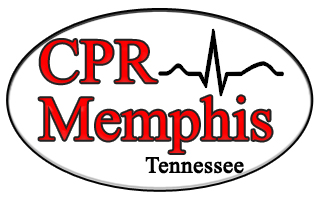People with Cystic Fibrosis are born with a gene that causes their body to produce sticky, thick mucus that can clog ducts, tubes and passageways in the body (Mayo). This gene is called Cystic Fibrosis Transmembrane Regulator or CFTR and can be identified when a baby is still in the womb. Cystic Fibrosis is inherited from one’s parents. Both parents must be carriers of the recessive gene, but do not have to have Cystic Fibrosis themselves. If the child receives only one gene from their parents, they cannot get Cystic Fibrosis, but could pass it to their offspring if their partner is also a carrier (WebMD). Most Cystic Fibrosis patients are diagnosed before their second birthday. The defective gene mostly affects the pancreas and lungs (Mayo). The symptoms can include coughing, wheezing, poor weight gain, lung infections, and salty-tasting skin. The life expectancy of a person diagnosed with Cystic Fibrosis can vary, but the average age is in the late thirties (CFF).
The thick mucus produced in the body can cause a blockage in the ducts of the pancreas, which stops digestive enzymes from getting to the intestines. Children with Cystic Fibrosis have trouble gaining the proper weight due to this (WebMD). It is necessary for people with Cystic Fibrosis to a balanced diet, high in calories and protein. Before every meal, they must take pancreatic enzymes to help with digestion. Along with the enzymes, they also take multivitamins, supplements, antibiotics, anti-inflammatories and mucus-thinning drugs. Patients will need to break up the mucus building in their lungs daily. This can be done by clapping on the back with a cupped hand, or with daily exercise. Children often use a vibrating vest to perform this task, but that can be costly (WebMD).
Children diagnosed with Cystic Fibrosis can lead a relatively normal life. They can be involved in most activities with other children their age, as long as they maintain a healthy diet and take the necessary medication. Eventually, the patient’s lung disease will disable them (NCBI). Some patients can receive a lung transplant. Depending on the quality of life and expectancy of the patient, they can get approved for new lungs. This is controversial, however, due to the high risk and the survival benefits of lung transplants (NBIC). Getting new lungs does not cure Cystic Fibrosis, and the lung disease will build up in the patient’s newly transplanted lungs. 12% of Cystic Fibrosis patients die during transplantation, which make it the second leading cause of death in Cystic Fibrosis patients, behind lung disease (80%) (NBIC).
There is currently no cure for Cystic Fibrosis. Researchers believe that with gene therapy, there could be one soon. The research began in 1990, and they continue to search for new methods of gene delivery. Scientists are using lung cells due to the damage Cystic Fibrosis causes the lungs, but they hope to be able to treat the other affected organs as well (Genome).
Many organizations support patients and families with Cystic Fibrosis. The Cystic Fibrosis Foundation provides further information about the disease, support, fundraisers and clinical testing opportunities (CFF).
References





